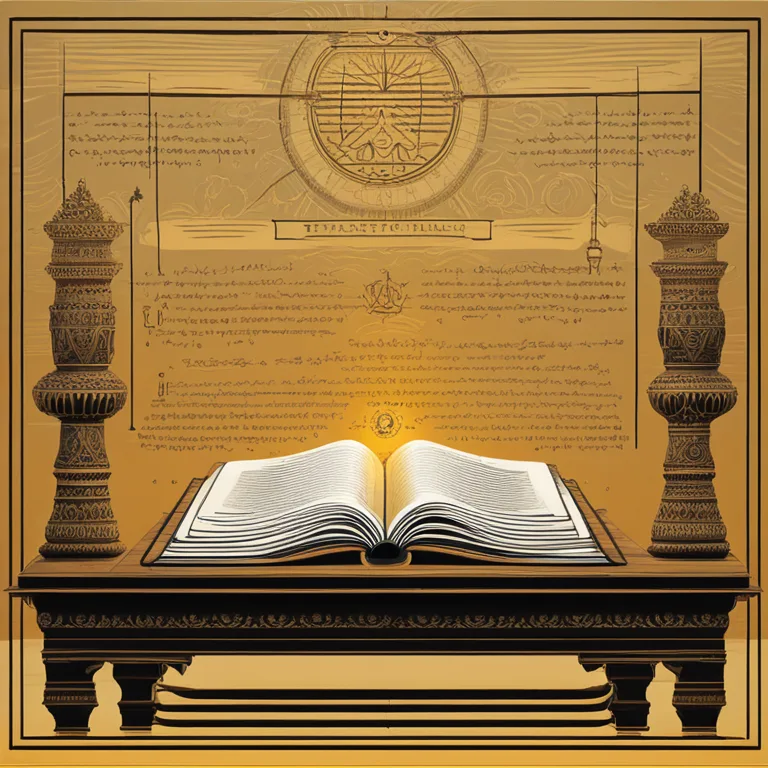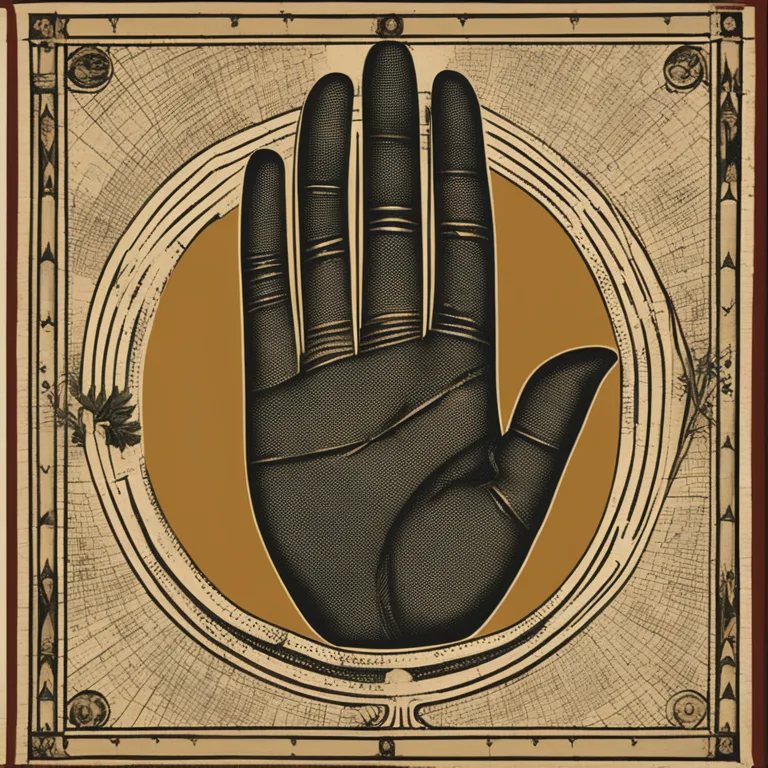
The Genesis of Palmistry: A Historical Insight
Trace the origins of palmistry through history to understand how the practice emerged and evolved as a method of divination and personality assessment.
article by Nora Pennington
The Dawn of Palmistry
Palmistry, also known as chiromancy or palm reading, is an ancient art tracing its roots back to various cultural traditions. Its origin is shrouded in mystery and spans across different regions, including India, China, Tibet, Persia, Egypt, and ancient Israel. Historical records suggest that palmistry was practiced among the astrologers of ancient India and mentioned in the Vedas. Eventually, it spread to China and Egypt, refining into a structured practice. Hindu sage Valmiki is thought to have written a book consisting of 567 stanzas, titled 'The Teachings of Valmiki Maharshi on Male Palmistry', contributing to its early prominence.

Ancient Cross-Cultural Practices
Beyond its South Asian origins, palmistry found a place in Chinese lore over 5,000 years ago, with I Ching references illustrating a connection to the laws of the universe. Greek astrology also adopted palmistry thanks to Anaxagoras, making it prevalent in Western cultures. This practice made its way through Aristotle's works, who allegedly presented a manuscript on palmistry to Alexander the Great. The Macedonian leader used it to examine the character traits of his officers, which further popularized the practice in European cultures.
Palmistry in the Medieval Era
During the Middle Ages, the Church condemned palmistry, associating it with witchcraft and paganism. Despite the social and religious pressures, the practice persisted clandestinely among the public. It experienced a resurgence during the Renaissance, aligning with many other occult practices and philosophies that re-emerged during the period. Medical studies of the time also inadvertently contributed to its revival, as scholars, like Paracelsus and Fludd, studied hands scientifically, lending a form of indirect legitimacy to palmistry.

Modern Evolution and Acceptance
Palmistry underwent another period of transformation during the 19th century, particularly with Captain Casimir Stanislas D'Arpentigny and William John Warner, also known as Cheiro. These individuals published works that brought palmistry to the public consciousness in the West and linked it to the psychological and predictive analyses of the time. In the modern era, palmistry is widely regarded as a tool for introspection and personality assessment rather than strict prophecy. It's often combined with psychological and holistic practices, making it a useful tool for those looking for personal insights or counsel.

The Practice Today
Today, palmistry is embraced in different forms around the world. Technological advancements have allowed this ancient knowledge to be more widely disseminated than ever before. Websites dedicated to palmistry—like the one hosting this article—digital palm readings, and online courses appeal to contemporary enthusiasts. The discipline is interwoven with astrology, horoscopes, and other forms of esoteric knowledge, each element enriching modern interpretations of this ancient practice. Despite the centuries that have shaped palmistry, its essence—providing insight into one's character and potential future—remains unchanged.
Published: 1/3/2024
Modified: 1/3/2024
More predictions
Come back here soon to learn more about yourself and your future


Palmistry vs. Astrology: Which Predicts You Better?
Delve into the fascinating realms of palmistry and astrology to determine which ancient practice offers more accurate insights into your life.


The Mystery of Lineless Palms
Explore the rare phenomenon of palms without lines and what it might signify in palmistry traditions.